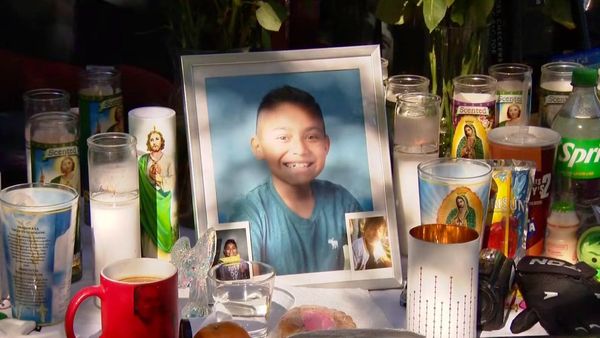
For millions of Americans, Social Security Disability Insurance benefits are a lifeline. But sometimes, recipients receive what one benefits recipient described as "the letter nobody wants to get" — a notice that their benefits are scheduled to end. The letter often arrives after a Continuing Disability Review, the Social Security Administration's process to determine whether someone still qualifies as disabled under federal rules.
A recent post in the r/SocialSecurity community shared one such experience, sparking hundreds of comments from others who had been through the appeals process. The thread highlights just how confusing and overwhelming benefit terminations can be, particularly for recipients without legal help.
Don't Miss:
- They Sold Their Last Real Estate Company for Nearly $1B — Now They're Building the Future of U.S. Industrial Growth
- Kevin O'Leary Says Real Estate's Been a Smart Bet for 200 Years — This Platform Lets Anyone Tap Into It
Why Benefits May Stop
The SSA reviews disability cases every few years. How often depends on whether medical improvement is considered likely, possible, or not expected. If the agency determines that a recipient's condition has improved enough to allow for substantial work, or if the person is earning above certain income thresholds, they can stop benefits.
In this case, the original poster explained that they had undergone medical evaluations with both a heart specialist and a psychiatrist before being told their SSDI and Medicare would end in December.
"I have 60 days to appeal, but I certainly can’t afford an attorney, nor am I one," the poster wrote. "That will render me homeless by February most likely."
First Step: File an Appeal
Many commenters urged the poster to act quickly. By law, recipients have 60 days to file an appeal after receiving a termination notice. Importantly, one commenter noted that a recipient can request that benefits continue during the appeal process — but that request must be filed within 10 days of receiving the letter.
Trending: An EA Co-Founder Shapes This VC Backed Marketplace—Now You Can Invest in Gaming's Next Big Platform
The tradeoff is that if the appeal is denied, any continued benefits may have to be repaid. Still, advocates say filing promptly is the most important step to avoid gaps in coverage.
Do You Need a Lawyer?
The original poster expressed concern about not being able to afford legal help. While some people do handle appeals on their own, many commenters stressed that an attorney can improve the chances of success. Disability lawyers typically work on a contingency basis, taking a percentage of back pay if the appeal succeeds — meaning no upfront cost.
Not all attorneys accept CDR appeals, since back pay amounts are often smaller than in new disability claims. Still, resources exist. Some suggested reaching out to local disability rights or rehabilitation centers for free guidance.
Strengthening the Case
Several commenters emphasized that the key to a successful appeal is medical evidence. Updated doctor's notes, new test results, and detailed explanations of how a condition limits daily activities can help. The SSA provides forms, such as the Disability Report – Appeal, which allow recipients to submit new medical information.
Others advised requesting an in-person hearing with an administrative law judge rather than opting for phone or video, noting that live hearings may offer a better chance to present evidence effectively.
See Also: Backed by $300M+ in Assets and Microsoft's Climate Fund, Farmland LP Opens Vital Farmland III to Accredited Investors
What Recipients Should Know
The SSA outlines four ways to appeal:
- Reconsideration
- Hearing with an administrative law judge
- Review by the Appeals Council
- Federal court review
Most cases are resolved in the earlier stages, but persistence can matter. For those facing termination, acting quickly, gathering medical evidence, and seeking professional or community support are the best first steps.
Read Next: The ECG Hasn't Changed in 100 Years — This AI Upgrade Could Help Detect Heart Disease Years Earlier
Image: Shutterstock







